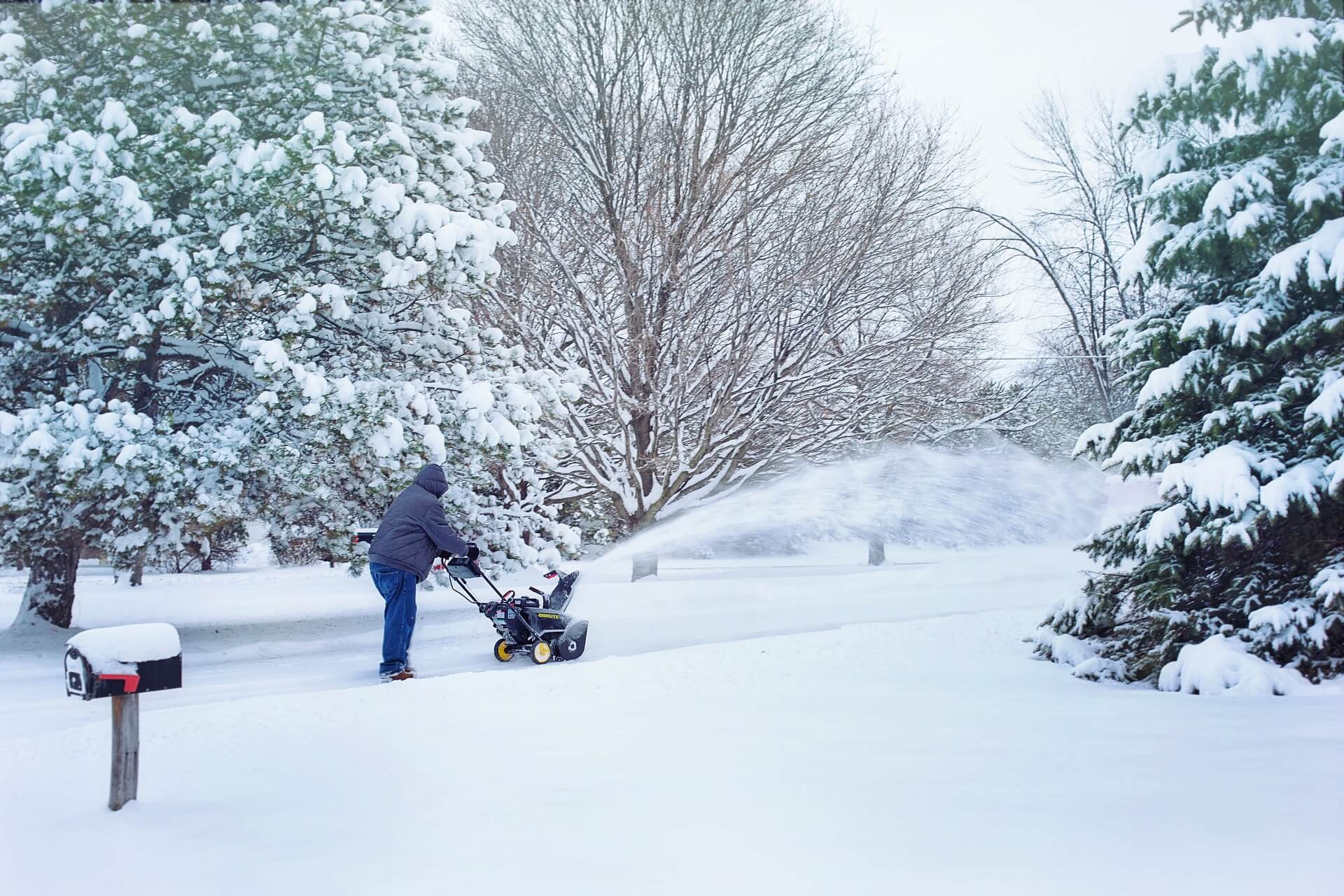
When Mr. Freeze Turns Brutal: Fight Snow with Residential Snow Removal
The entrance to a house is usually a front yard. It’s the first impression guests get of the home’s interior, however it’s often viewed as wasted design opportunity and as nothing more than a means to get from a street to a house. Although a high-traffic area, front yard is the focal point of a dwelling and as such it’s an opportunity to infuse not only visual appeal but also good vibes into a home.
However, when designing front yard landscape, majority of homeowners focus exclusively on design fundamentals – trees, shrubs, plants and hardscape – to ensure year-round interest. But ensuring curb appeal requires more than lawn ornamentation or pretty greenery. Overlooking maintenance is one of the biggest landscaping mistakes. Especially during snow season.
Yes, snow is an excellent insulator which protects trees, shrubs and roots from freezing, however too much of anything can be bad. While it helps preserve moisture in the soil and certain plants flower better after a snowy winter, it can also cause damage to roots and plant cell wall (by causing the water in cells to freeze). And as a Chicagoland resident, you’re too familiar with its chilly climate and have had to deal with snow-heavy trees, ice dams, slick driveway and dead landscape plants problems more than once. Hence removing snow is your best option at protecting plants. Remember, prevention is better than cure.
But toiling outside in cold isn’t really on top of anyone’s list of activities. So the question of the hour is – to hire residential snow removal services or do it yourself? If you plan to use shoveling snow as a way to get exercise during winter (apparently you can burn over 350 calories in one hour), go ahead, get your DIY on. Otherwise you run the risk of pulled back muscle and bruised buttocks due to a slip on the ice. So if you really want to win the war against Jack Frost, it’s best you consider hiring professional residential snow removal services.
After all, fighting winter’s blistery ways requires more than muddy boots and a shovel. From roof rake and snow spear to snowblower, these are just some of the weapons to arm yourself with. A good snowblower (well-designed, easy to handle, built for rugged landscapes, suited for heavy and wet snow and snow build up) costs anywhere between $650 and $1500. Are you ready for this extra cost?
Plus, there’s maintenance. If you fail to routinely inspect the belts, check the shave plate, scraper bar and skid shoes, change the spark plug and tighten the bolts, having a problem starting it will be the least of your worries.
And then there’s the matter of de-icers.
Pouring deicer on driveway may or may not melt ice, depending on its lowest effective temperature. However, certain ice melting agents (if using more than recommended), can cause damage to landscape plants, turf and even concrete.
Take rock salt (sodium chloride) for example. Because it’s readily available and inexpensive, it’s the most commonly used deicer. But rock salt is far from being your plants’ best friend. Plants exposed to sodium chloride are limited in their uptake of soil nutrients what can lead to stunted and scorched leaves, poor root and plant growth and greater susceptibility to pest and diseases.
Salt is not only harmful to plants but concrete driveways as well. Although tough as Hulk, due to its porous structure, when exposed to deicers, concrete is susceptible to spalling.
Therefore, when snow hits, don’t play rough with your landscape or driveway. Hire professional residential snow removal services and you’ll be saying “Bring it on” to winter.
